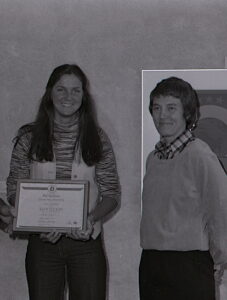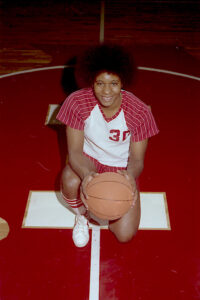 In my travels while living abroad for the past 45 years, I’ve perched in fine French cafes, “gemütlich” German bars, and inviting tavernas across Europe, but, England’s oldest pub, The Porch Inn, has been, by far, the most intriguing watering hole I’ve tested.
In my travels while living abroad for the past 45 years, I’ve perched in fine French cafes, “gemütlich” German bars, and inviting tavernas across Europe, but, England’s oldest pub, The Porch Inn, has been, by far, the most intriguing watering hole I’ve tested.
Situated on the Roman Fosse Way, at the intersection of several historic roads, The Porch Inn is on the ancient market square of Stow-on-the Wold, the gateway to the Cotswolds, UK’s most beautiful countryside.
Timbers of The Porch Inn have been carbon dated to the tenth century. In 947 AD, on orders of Aethelmar, the Saxon Duke of Cornwall, it was built to serve as a hospice accommodating pilgrims, and run by the Knights Hospitallers.
When I ducked into the stone building dating back hundreds of years I was enchanted. The Porch’s low slung, wood beams, stones walls, warm hearths, and antique decor created a bewitching atmosphere that make an ideal writer’s lair.
Once inside, we stood at the main bar to order drinks as is customary in British pubs.Then we climbed the stairs to settle in The Snug of the Governor’s Room(Snug is a British term for a small, comfortable place, sheltered from cold weather.)

While lounging on a stuffed couch in front of a stone fireplace, I noticed the historical artifacts. Bookshelves with tomes lined one wall, leather chairs surrounded low tables laden with board games and antiques, a Roneotype copier filled one corner, and a WWII era lightbulb radio rests in the other one.
As if time stood still, each of the rooms created an illusion of yesteryear, With my imagination, I could become lost in my muse for hours, tucked in a nook, hibernating away from England ’s damp, dreary winters .
 The Porch’s original features, including steep, crooked staircases, open fires, oak beams, and long-forgotten underground passageways, would be worth a detour on any European tour.
The Porch’s original features, including steep, crooked staircases, open fires, oak beams, and long-forgotten underground passageways, would be worth a detour on any European tour.
The pub’s history is a macabre contrast, a dichotomy of good and evil. A safe haven for pilgrims in one century and a center for blood sports in another, the building eventually became a hotel, The Royalist
In medieval times, this part of Stow on Wold would have been renowned for popular blood sports — dog fighting, badger baiting and cock fighting. During earlier building alterations, a three foot deep pit, used for fights, was found under what is now the restaurant.
The inn’s long, and at times, sordid history, only adds to its mystery.
 From the moment I ducked through the front door, I was cast under a spell from witches of the past. In the dining room, I studied the witch symbols scratched on the 16th Century fireplace that once warded off evil spirits.
From the moment I ducked through the front door, I was cast under a spell from witches of the past. In the dining room, I studied the witch symbols scratched on the 16th Century fireplace that once warded off evil spirits.
We all agreed that we should return one day to sample the cuisine in The Porch’s award-winning restaurant. Simple, robust meals are served from the finest British fare sourced from local producers.
Even better, we could stay a spell by booking one of the 13 available quest rooms. I could fall asleep in the past century and wake up to the contemporary comforts of present-day like a full English breakfast including honey straight from the hive and a morning newspaper.
Unfortunately, we had to leave, as we had dinner reservations farther down the road, deeper in the Cotswolds. As if in a trance,I stumbled outside, spellbound. This pub, a paradise for creative souls, will lure me back soon.




 will increase the speed and incline on the treadmill.”
will increase the speed and incline on the treadmill.” Nooooo, I’m going to be sucked up by the roller.
Nooooo, I’m going to be sucked up by the roller.
 As an athlete, coming of age in the 70s during Title IX’s infancy, the explosion of women’s basketball today blows my mind.
As an athlete, coming of age in the 70s during Title IX’s infancy, the explosion of women’s basketball today blows my mind.
 So did my little sister.
So did my little sister. On August 24, 2024, at Minnesota’s Target Center, as I sat on the upper level of the packed arena, pandemonium erupted as fans paid tribute to their past hero and applauded the exploits of their present star, both catalysts in revolutionizing the popularity of the women’s game.
On August 24, 2024, at Minnesota’s Target Center, as I sat on the upper level of the packed arena, pandemonium erupted as fans paid tribute to their past hero and applauded the exploits of their present star, both catalysts in revolutionizing the popularity of the women’s game. Thanks to Title IX, a girl grows up never questioning her right to be all she can be.
Thanks to Title IX, a girl grows up never questioning her right to be all she can be. After the game, Maya Moore Irons addressed former teammates and fans as they raised her number 23 to the rafters. Known for her illustrious MVP career, Maya stands out most, not for her accolades on the court, but for the person she is off it.
After the game, Maya Moore Irons addressed former teammates and fans as they raised her number 23 to the rafters. Known for her illustrious MVP career, Maya stands out most, not for her accolades on the court, but for the person she is off it.
 From kindergarten teacher, to camp leader, to club member, to quilt-maker, to card sender, to grandma extraordinaire… everybody loves Lenore!
From kindergarten teacher, to camp leader, to club member, to quilt-maker, to card sender, to grandma extraordinaire… everybody loves Lenore! embrace each day as a gift, also showed us how to nurture, to console, to compromise, to accept, to fight, to forgive, to teach, to learn, to praise, to thank, to welcome, to love.
embrace each day as a gift, also showed us how to nurture, to console, to compromise, to accept, to fight, to forgive, to teach, to learn, to praise, to thank, to welcome, to love. Had you been born in a different era, when women had equal educational and athletic opportunities, you would have been an athlete, a doctor, an engineer or a scientist, like your two brothers. Instead you broke glass ceiling in the 1950s earning a college degree, becoming a teacher and raising four children five years apart.
Had you been born in a different era, when women had equal educational and athletic opportunities, you would have been an athlete, a doctor, an engineer or a scientist, like your two brothers. Instead you broke glass ceiling in the 1950s earning a college degree, becoming a teacher and raising four children five years apart.







 I climbed into the steel reinforced bunkers overlooking the Normandy landing beaches on Pointe du Hoc eighty years after the Rangers overtook the strategic German lookout 90 feet above the English Channel. I pictured a 19-year-old American boy jumping out of a PT boat into icy waters, with nothing more than a gauze bandage for comfort on a stormy dawn illuminated by gunfire.
I climbed into the steel reinforced bunkers overlooking the Normandy landing beaches on Pointe du Hoc eighty years after the Rangers overtook the strategic German lookout 90 feet above the English Channel. I pictured a 19-year-old American boy jumping out of a PT boat into icy waters, with nothing more than a gauze bandage for comfort on a stormy dawn illuminated by gunfire.



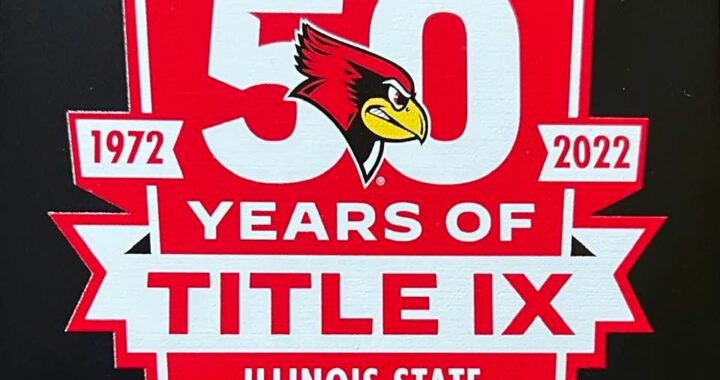
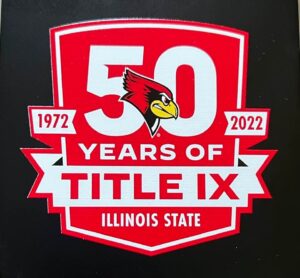 Half a century ago, no one paid any attention when my friends and I played basketball. We got kicked off the court, but shoved our way back in the game, clearing the lane for Caitlin Clark, Angel Reese, Paige Bueckers, Juju Watkins and the contemporary stars of today.
Half a century ago, no one paid any attention when my friends and I played basketball. We got kicked off the court, but shoved our way back in the game, clearing the lane for Caitlin Clark, Angel Reese, Paige Bueckers, Juju Watkins and the contemporary stars of today.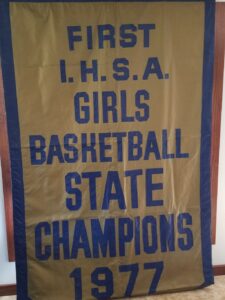 In the sixties, in my own second grade story I wrote about the lockers playing a basketball game against the waste baskets during recess. Back then, I imagined inanimate objects in school had a greater chance of competing in the game than girls. Yet, like my sports loving peers, we shot hoops anyway creating a path so new that no one envisioned its existence.
In the sixties, in my own second grade story I wrote about the lockers playing a basketball game against the waste baskets during recess. Back then, I imagined inanimate objects in school had a greater chance of competing in the game than girls. Yet, like my sports loving peers, we shot hoops anyway creating a path so new that no one envisioned its existence.